AI Answer Evaluation Platform Live Now. Try Free Answer Evaluation Now

Universal Donor Blood Group
Among the various blood types, one holds a unique and vital role: O negative, the universal donor blood group. Every minute, people across the globe
+91-7303290503, +91-9557169661 | MON to SUN 10:00 AM - 6:00 PM
Physical anthropology, branch of anthropology concerned with the origin, evolution, and diversity of people. Physical anthropologists work broadly on three major sets of problems: human and nonhuman primate evolution, human variation and its significance (see also race), and the biological bases of human behaviour.

Among the various blood types, one holds a unique and vital role: O negative, the universal donor blood group. Every minute, people across the globe

Rare blood groups, also known as 'rare blood phenotypes', refer to those blood groups that are not part of the ABO and Rh system, the two most commonly known systems.
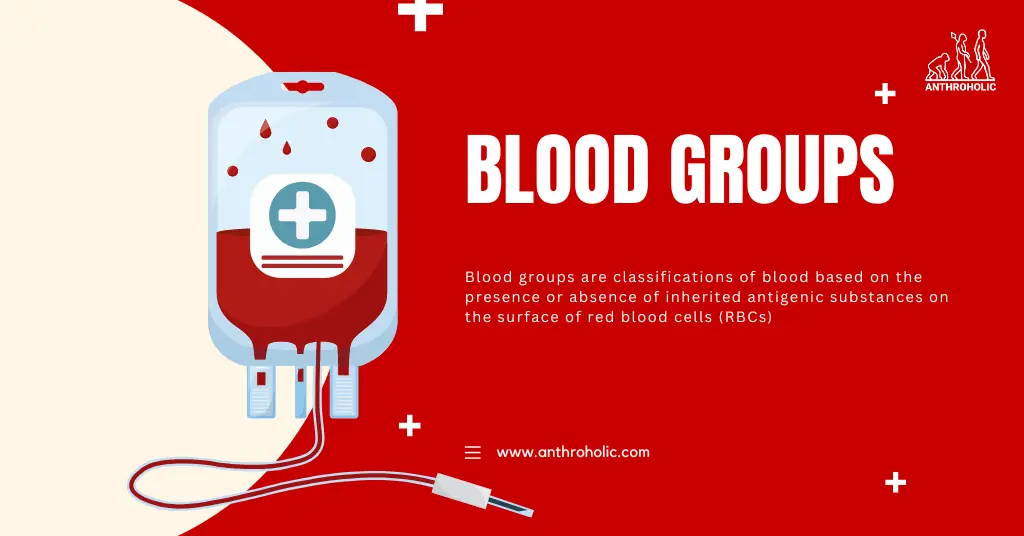
Blood groups are classifications of blood based on the presence or absence of inherited antigenic substances on the surface of red blood cells (RBCs)

ABO incompatibility is a common form of blood type mismatch that occurs when a person with one type of blood receives a blood product that contains another type of blood.
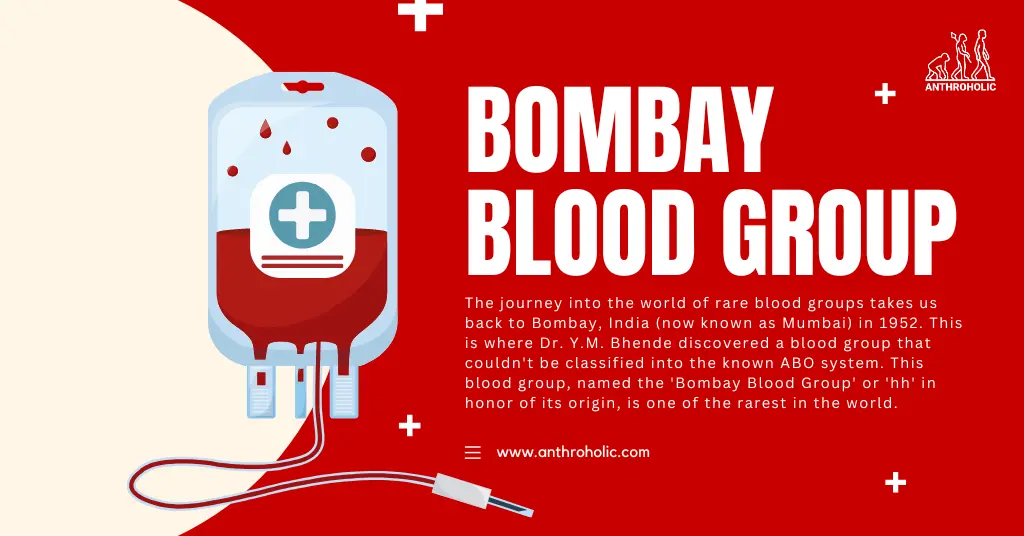
The discovery of the Bombay Blood Group has provided fascinating insights into the complexity of human genetics and blood types. While this blood group is extremely rare, those who have it can lead healthy lives by

Apes are members of the Hominoidea family, a group of primates that includes gibbons, orangutans, gorillas, chimpanzees, bonobos, and humans. Unlike monkeys, apes do not possess tails, have a more upright posture, and are generally larger and more intelligent.
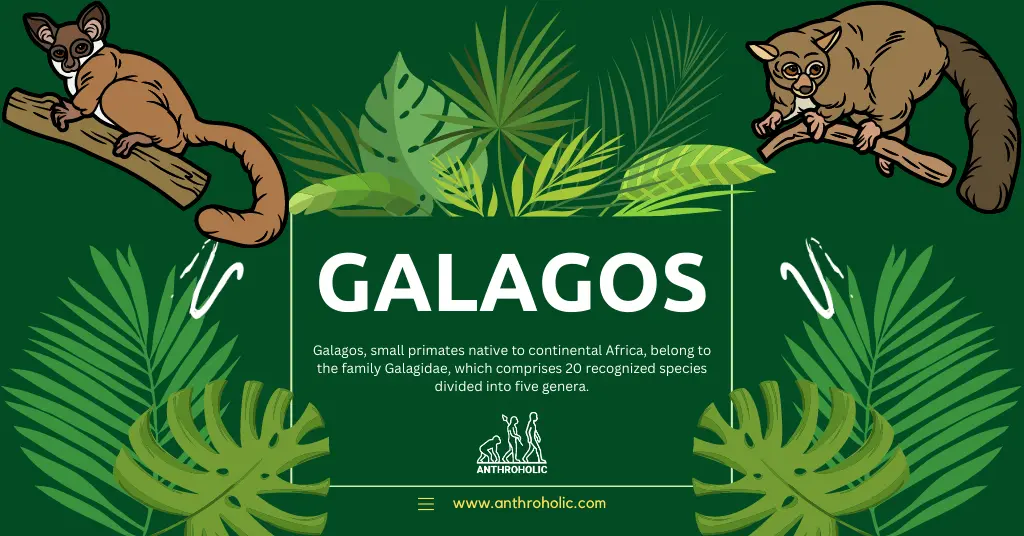
Galagos, small primates native to continental Africa, belong to the family Galagidae, which comprises 20 recognized species divided into five genera.
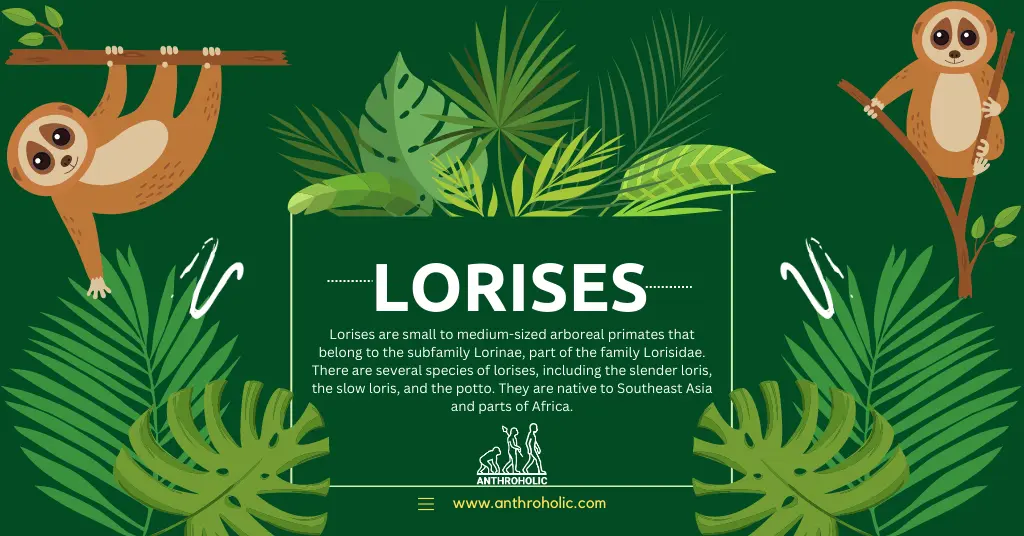
Lorises are small to medium-sized arboreal primates that belong to the subfamily Lorinae, part of the family Lorisidae. There are several species of lorises, including the slender loris, the slow loris, and the potto. They are native to Southeast Asia and parts of Africa.
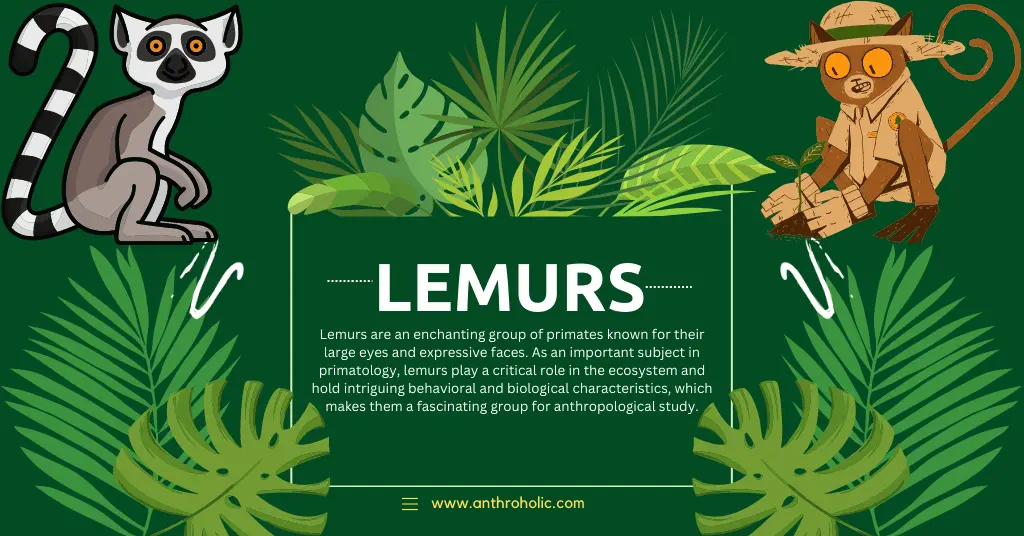
Lemurs are an enchanting group of primates known for their large eyes and expressive faces. As an important subject in primatology, lemurs play a critical role in the ecosystem and hold intriguing behavioral and biological characteristics
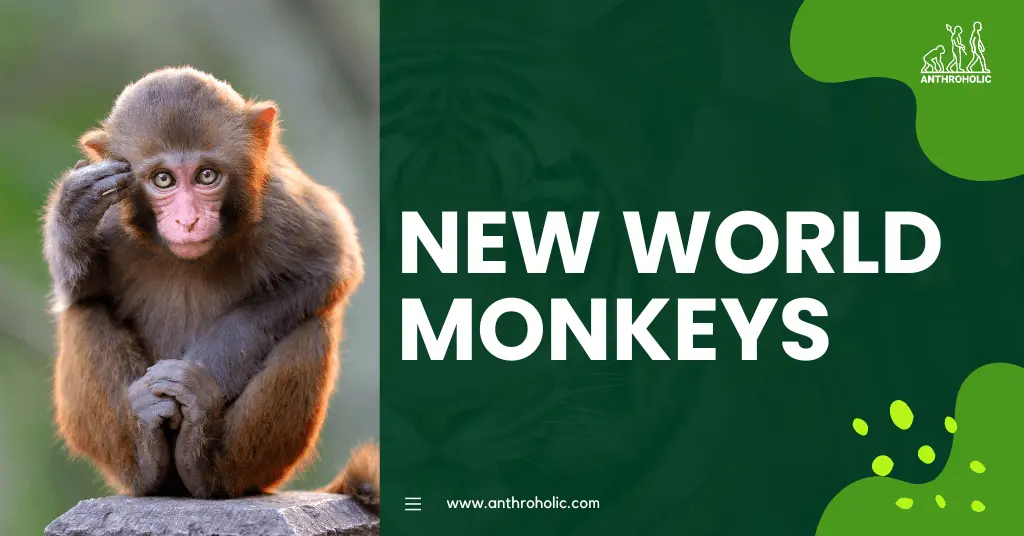
New World Monkeys, also known as Platyrrhines, encompass a broad array of monkey species found predominantly in Central and South America. They make up an integral part of our understanding of primatology.
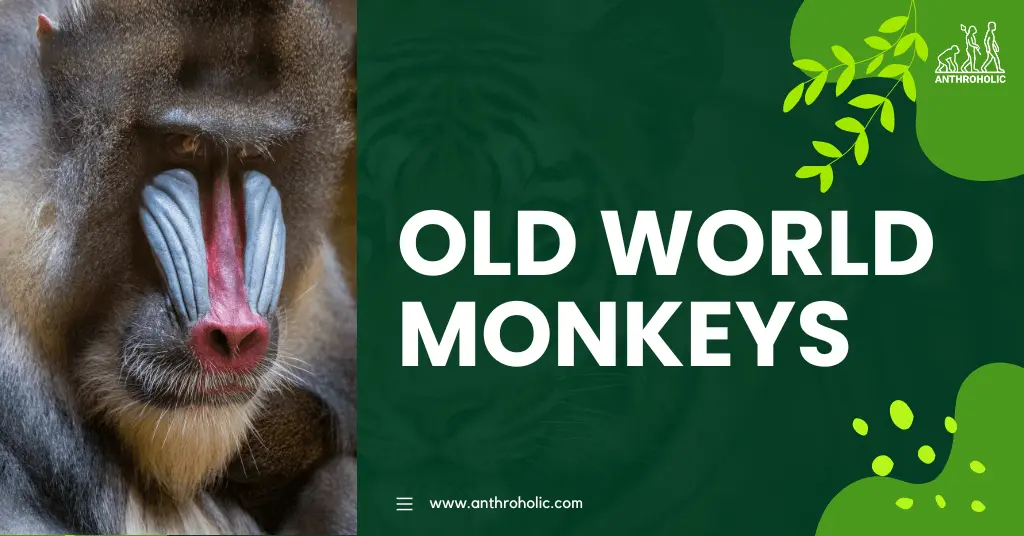
Old World monkeys, scientifically known as Cercopithecidae, are a large and diverse family of primates that hail from Africa, Asia, and Europe. They are referred to as "Old World" monkeys because they are native to the parts of the world that are known historically as the "Old World."
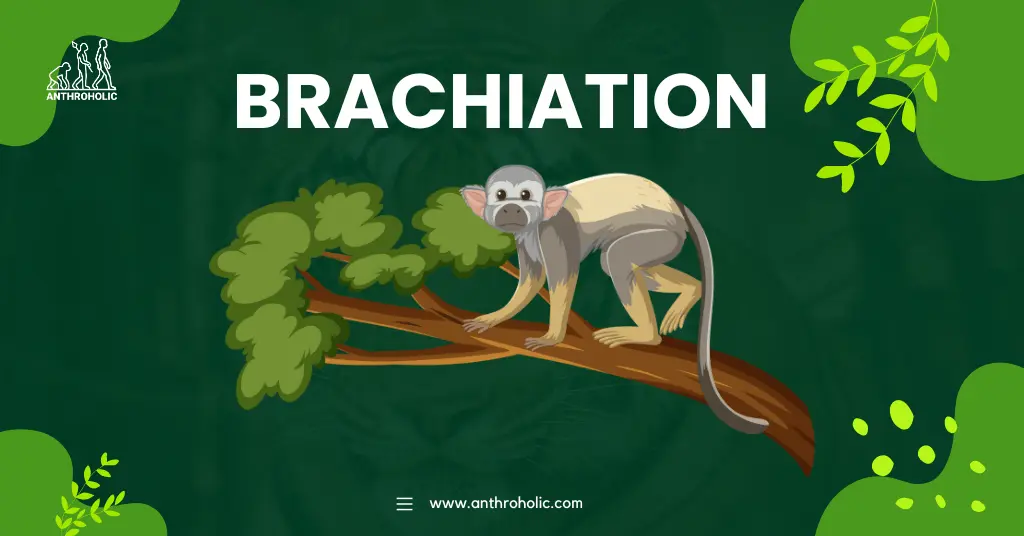
Brachiation, derived from the Latin 'brachium' for arm, is a specific form of locomotion characterized by swinging from one handhold to another. It's commonly associated with certain primates, notably gibbons and siamangs.